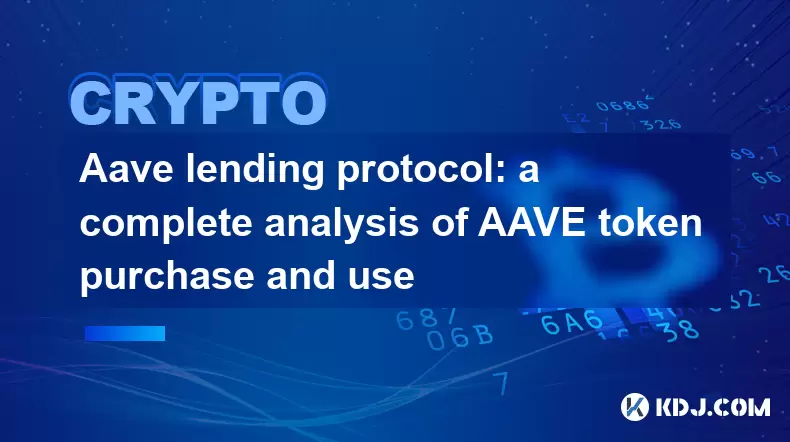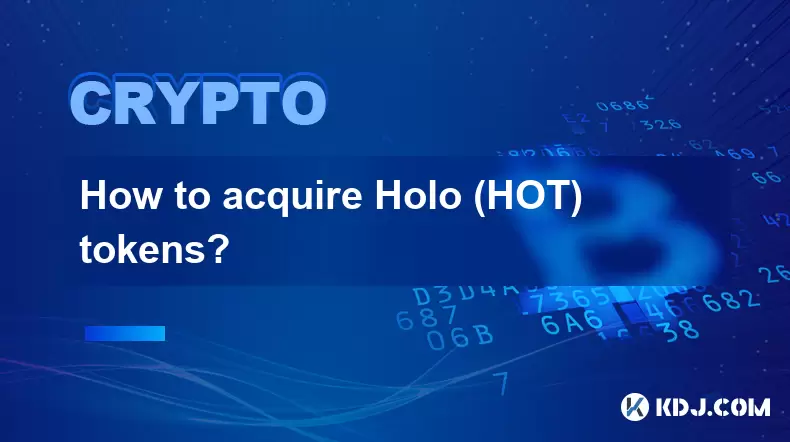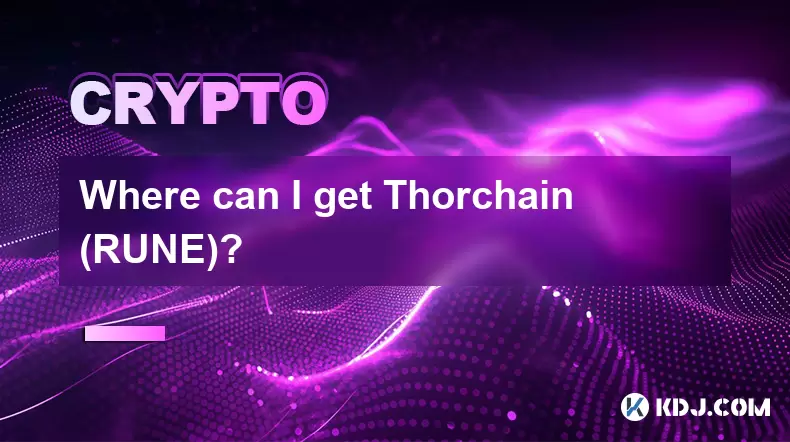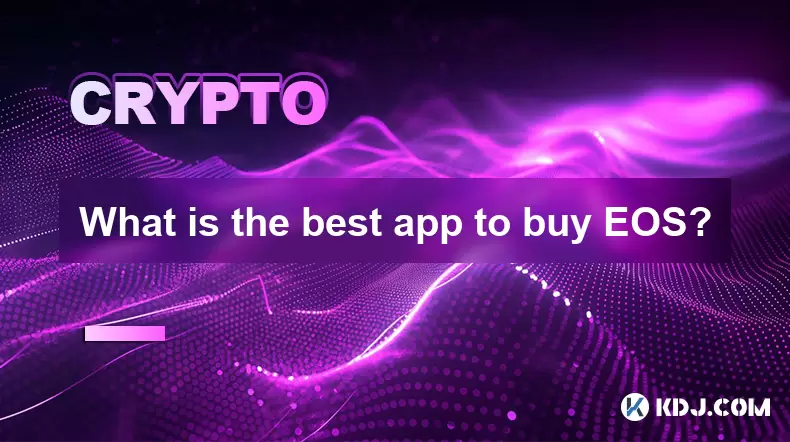-
 Bitcoin
Bitcoin $117500
2.15% -
 Ethereum
Ethereum $3911
6.19% -
 XRP
XRP $3.316
10.79% -
 Tether USDt
Tether USDt $1.000
0.01% -
 BNB
BNB $787.2
2.24% -
 Solana
Solana $175.2
4.15% -
 USDC
USDC $0.9999
0.00% -
 Dogecoin
Dogecoin $0.2225
8.40% -
 TRON
TRON $0.3383
0.28% -
 Cardano
Cardano $0.7868
6.02% -
 Stellar
Stellar $0.4382
9.34% -
 Hyperliquid
Hyperliquid $40.92
7.56% -
 Sui
Sui $3.764
7.63% -
 Chainlink
Chainlink $18.48
10.66% -
 Bitcoin Cash
Bitcoin Cash $582.1
1.88% -
 Hedera
Hedera $0.2601
6.30% -
 Avalanche
Avalanche $23.33
4.94% -
 Ethena USDe
Ethena USDe $1.001
0.02% -
 Litecoin
Litecoin $122.3
2.04% -
 UNUS SED LEO
UNUS SED LEO $8.969
-0.27% -
 Toncoin
Toncoin $3.339
0.86% -
 Shiba Inu
Shiba Inu $0.00001287
4.30% -
 Uniswap
Uniswap $10.43
7.38% -
 Polkadot
Polkadot $3.861
5.08% -
 Dai
Dai $1.000
0.02% -
 Bitget Token
Bitget Token $4.513
3.41% -
 Monero
Monero $267.7
-6.18% -
 Cronos
Cronos $0.1499
4.14% -
 Pepe
Pepe $0.00001110
5.15% -
 Aave
Aave $284.9
8.28%
Aave lending protocol: a complete analysis of AAVE token purchase and use
AAVE tokens are crucial for governance, staking, and fee payments within the Aave lending protocol, offering holders voting rights, rewards, and access to exclusive features.
May 30, 2025 at 10:04 am

The Aave lending protocol has emerged as one of the leading decentralized finance (DeFi) platforms in the cryptocurrency space. Central to the Aave ecosystem is the AAVE token, which plays a crucial role in the functioning and governance of the platform. This article will provide a comprehensive analysis of the AAVE token, covering its purchase, use, and the various aspects of the Aave lending protocol.
Understanding Aave and the AAVE Token
Aave is a decentralized lending protocol that allows users to lend and borrow a variety of cryptocurrencies. The platform operates on Ethereum and several other blockchains, enabling users to engage in peer-to-peer lending without the need for intermediaries. The AAVE token is the native token of the Aave platform, serving multiple functions within the ecosystem.
The AAVE token is used for governance, staking, and as a means of payment for certain fees within the Aave protocol. Token holders can participate in the governance of the platform by voting on proposals that affect the future development and operation of Aave. Additionally, AAVE tokens can be staked to earn rewards and participate in the Aave Safety Module, which helps to protect the protocol against shortfalls.
Purchasing AAVE Tokens
Purchasing AAVE tokens is a straightforward process that can be accomplished through various cryptocurrency exchanges. Here's a detailed guide on how to buy AAVE tokens:
Choose a reputable exchange: Start by selecting a trusted cryptocurrency exchange that lists AAVE tokens. Popular exchanges that support AAVE include Binance, Coinbase Pro, and Uniswap.
Create an account: If you don't already have an account on the chosen exchange, you'll need to sign up and complete the necessary verification processes. This typically involves providing personal information and, in some cases, completing a Know Your Customer (KYC) verification.
Deposit funds: Once your account is set up, you'll need to deposit funds into your exchange wallet. This can be done using fiat currency or other cryptocurrencies, depending on the exchange's options.
Place an order: Navigate to the AAVE trading pair on the exchange and place an order to buy AAVE tokens. You can choose between a market order, which will execute immediately at the current market price, or a limit order, which allows you to set a specific price at which you want to buy the tokens.
Withdraw AAVE tokens: After your order is filled, you can withdraw your AAVE tokens to a secure wallet. It's recommended to use a hardware wallet or a reputable software wallet for long-term storage.
Using AAVE Tokens in the Aave Protocol
Once you have acquired AAVE tokens, you can utilize them in various ways within the Aave lending protocol. Here are the primary uses of AAVE tokens:
Governance: AAVE token holders can participate in the governance of the Aave protocol by voting on proposals. To do this, you'll need to connect your wallet to the Aave governance platform and delegate your voting power. Proposals can range from changes to the protocol's parameters to the addition of new features.
Staking: Staking AAVE tokens allows you to earn rewards and participate in the Aave Safety Module. To stake your tokens, you'll need to deposit them into the Aave staking contract. Staked tokens help to secure the protocol and, in return, you'll receive a portion of the protocol's fees as rewards.
Fee payments: Certain actions within the Aave protocol, such as flash loans, may require the payment of fees in AAVE tokens. These fees are used to incentivize the proper functioning of the protocol and can be paid directly from your AAVE token balance.
Benefits of Holding AAVE Tokens
Holding AAVE tokens comes with several benefits that enhance your participation in the Aave ecosystem. Some of the key advantages include:
Governance participation: By holding AAVE tokens, you can actively participate in the decision-making process of the Aave protocol. This allows you to have a say in the future direction and development of the platform.
Staking rewards: Staking AAVE tokens can provide a steady stream of passive income through the rewards distributed by the protocol. These rewards are typically paid out in AAVE tokens and can be reinvested or withdrawn as desired.
Access to exclusive features: AAVE token holders may gain access to exclusive features and services within the Aave ecosystem. This can include priority access to new lending pools, reduced fees, or participation in special events and promotions.
Risks and Considerations
While the AAVE token and the Aave lending protocol offer numerous benefits, it's important to be aware of the potential risks and considerations. Some of the key factors to keep in mind include:
Volatility: The price of AAVE tokens, like other cryptocurrencies, can be highly volatile. This means that the value of your holdings can fluctuate significantly over short periods of time.
Smart contract risk: The Aave protocol relies on smart contracts to facilitate lending and borrowing. While the Aave team has taken steps to audit and secure these contracts, there is always a risk of vulnerabilities or exploits that could lead to the loss of funds.
Regulatory uncertainty: The regulatory landscape for cryptocurrencies and DeFi platforms is still evolving. Changes in regulations or legal actions against the Aave protocol could impact the value and usability of AAVE tokens.
Liquidity risk: The liquidity of AAVE tokens can vary depending on market conditions. In times of low liquidity, it may be more difficult to buy or sell AAVE tokens at desired prices.
Frequently Asked Questions
Q: Can I use AAVE tokens on other DeFi platforms besides Aave?
A: While AAVE tokens are primarily used within the Aave ecosystem, some other DeFi platforms may accept AAVE as a form of collateral or for governance purposes. However, the primary utility and value of AAVE tokens are derived from their use in the Aave lending protocol.
Q: How often are AAVE token holders able to vote on governance proposals?
A: The frequency of governance proposals can vary, but AAVE token holders typically have the opportunity to vote on proposals on a regular basis. The Aave governance process is designed to be ongoing, allowing for continuous improvement and adaptation of the protocol.
Q: Are there any minimum requirements for staking AAVE tokens?
A: There is no minimum requirement for staking AAVE tokens. However, the amount of tokens you stake will directly impact the amount of rewards you receive. Staking larger amounts of AAVE tokens will result in higher rewards, but it also means tying up more of your funds in the staking contract.
Q: Can I lend or borrow AAVE tokens on the Aave platform?
A: Yes, you can both lend and borrow AAVE tokens on the Aave platform. AAVE tokens can be deposited into the Aave lending pools to earn interest, or they can be used as collateral to borrow other cryptocurrencies. The specific terms and interest rates for lending and borrowing AAVE tokens will depend on the current market conditions and the protocol's parameters.
Disclaimer:info@kdj.com
The information provided is not trading advice. kdj.com does not assume any responsibility for any investments made based on the information provided in this article. Cryptocurrencies are highly volatile and it is highly recommended that you invest with caution after thorough research!
If you believe that the content used on this website infringes your copyright, please contact us immediately (info@kdj.com) and we will delete it promptly.
- Tron's Sell-Off Spurs Altcoin Shift: What's Next for TRX?
- 2025-08-08 08:30:12
- RUVI Presale: Is the Growth Potential Real?
- 2025-08-08 09:10:12
- Sleep Token's US Takeover: Thornhill Rides the 'Even In Arcadia' Wave
- 2025-08-08 08:30:12
- FTT Token's Wild Ride: Creditor Repayments vs. Market Drop - A New Yorker's Take
- 2025-08-08 07:10:12
- Floki Crypto Price Prediction: Riding the Robinhood Rocket or Just a Meme?
- 2025-08-08 07:15:12
- EigenLayer, Restaking, and Ethereum: Navigating the Hype and the Hazards
- 2025-08-08 06:30:12
Related knowledge

Where can I buy UMA (UMA)?
Aug 07,2025 at 06:42pm
Understanding UMA and Its Role in Decentralized FinanceUMA (Universal Market Access) is an Ethereum-based decentralized finance (DeFi) protocol design...

Where can I purchase Siacoin (SC)?
Aug 08,2025 at 11:14am
Understanding Siacoin (SC) and Its Role in the Sia NetworkSiacoin (SC) is the native cryptocurrency of the Sia decentralized cloud storage platform, a...

What exchanges support buying IOTA (MIOTA)?
Aug 07,2025 at 09:58pm
Understanding the Role of Private Keys in Cryptocurrency SecurityIn the world of cryptocurrency, private keys are the cornerstone of ownership and con...

How to acquire Holo (HOT) tokens?
Aug 08,2025 at 05:56am
Understanding Holo (HOT) and Its EcosystemHolo (HOT) is a cryptocurrency token associated with the Holo ecosystem, which is built on the Holochain fra...

Where can I get Thorchain (RUNE)?
Aug 08,2025 at 08:07am
Understanding the Role of Seed Phrases in Cryptocurrency WalletsA seed phrase, also known as a recovery phrase or mnemonic phrase, is a critical compo...

What is the best app to buy EOS?
Aug 07,2025 at 04:35pm
Understanding EOS and Its Role in the Cryptocurrency EcosystemEOS is a blockchain platform designed to support decentralized applications (dApps) with...

Where can I buy UMA (UMA)?
Aug 07,2025 at 06:42pm
Understanding UMA and Its Role in Decentralized FinanceUMA (Universal Market Access) is an Ethereum-based decentralized finance (DeFi) protocol design...

Where can I purchase Siacoin (SC)?
Aug 08,2025 at 11:14am
Understanding Siacoin (SC) and Its Role in the Sia NetworkSiacoin (SC) is the native cryptocurrency of the Sia decentralized cloud storage platform, a...

What exchanges support buying IOTA (MIOTA)?
Aug 07,2025 at 09:58pm
Understanding the Role of Private Keys in Cryptocurrency SecurityIn the world of cryptocurrency, private keys are the cornerstone of ownership and con...

How to acquire Holo (HOT) tokens?
Aug 08,2025 at 05:56am
Understanding Holo (HOT) and Its EcosystemHolo (HOT) is a cryptocurrency token associated with the Holo ecosystem, which is built on the Holochain fra...

Where can I get Thorchain (RUNE)?
Aug 08,2025 at 08:07am
Understanding the Role of Seed Phrases in Cryptocurrency WalletsA seed phrase, also known as a recovery phrase or mnemonic phrase, is a critical compo...

What is the best app to buy EOS?
Aug 07,2025 at 04:35pm
Understanding EOS and Its Role in the Cryptocurrency EcosystemEOS is a blockchain platform designed to support decentralized applications (dApps) with...
See all articles

























































































